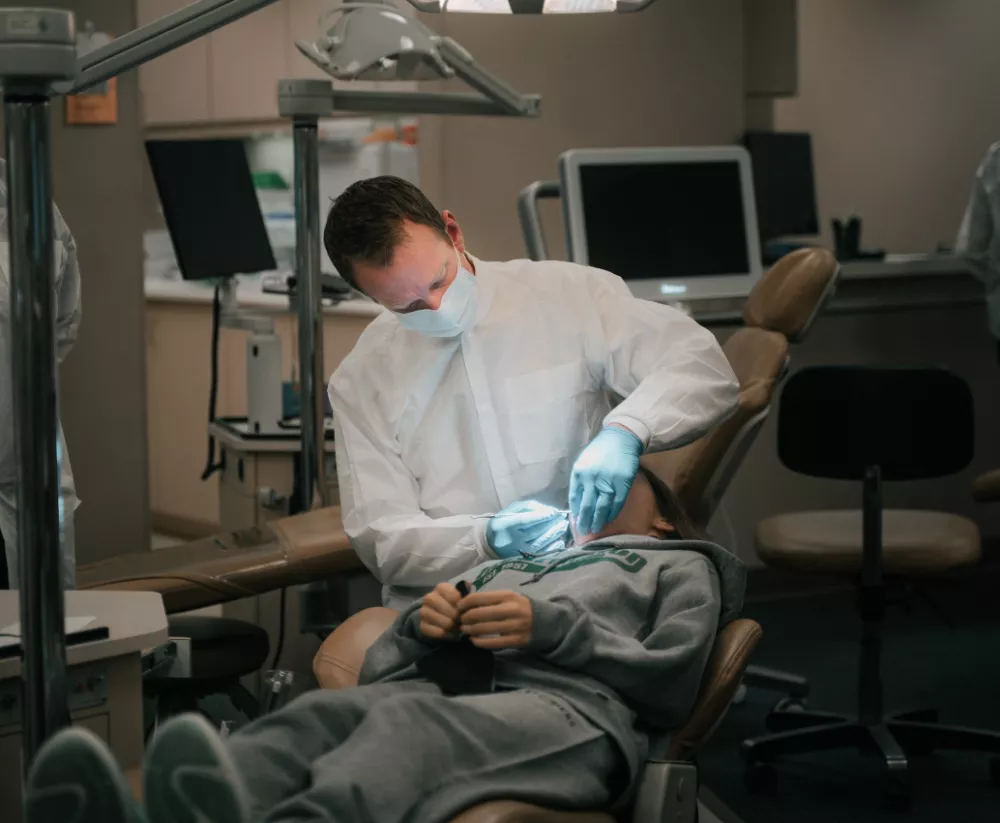
When a person’s teeth or jaw structures do not fit together properly, orthodontic treatment may be necessary to straighten teeth and promote ideal function. These common problems, often referred to as malocclusions (or bad bites), can cause speech difficulty, premature wear of the teeth and protective enamel, and even increase the chance of injury to teeth and jaw joints, if left untreated.
Common Orthodontic Problems
In an underbite, the lower jaw extends out, causing the lower front teeth to sit in front of the upper front teeth.
Spacing problems may be caused by missing teeth or they may only be a cosmetic issue.
Crowding occurs when teeth have insufficient room to erupt from the gums. Crowding can often be corrected by expansion, and many times, tooth removal can be avoided.
Proper chewing is impacted by an openbite, in which the upper and lower front teeth do not overlap. Openbites may be caused by habits such as thumb sucking or tongue thrusting.
In an overbite, the upper front teeth extend out over the lower front teeth, sometimes causing the lower front teeth to bite into the roof of the mouth.
The appearance and function of your teeth are impacted by upper front teeth protrusion. It is characterized by the upper teeth extending too far forward or the lower teeth not extending far enough forward.
In a crossbite, the upper teeth sit inside the lower teeth. The misalignment can be between the front teeth or back teeth or both.
Dental midlines that do not match are evident when the back bite does not fit and match appropriately. This may negatively impact jaw and proper dental function.